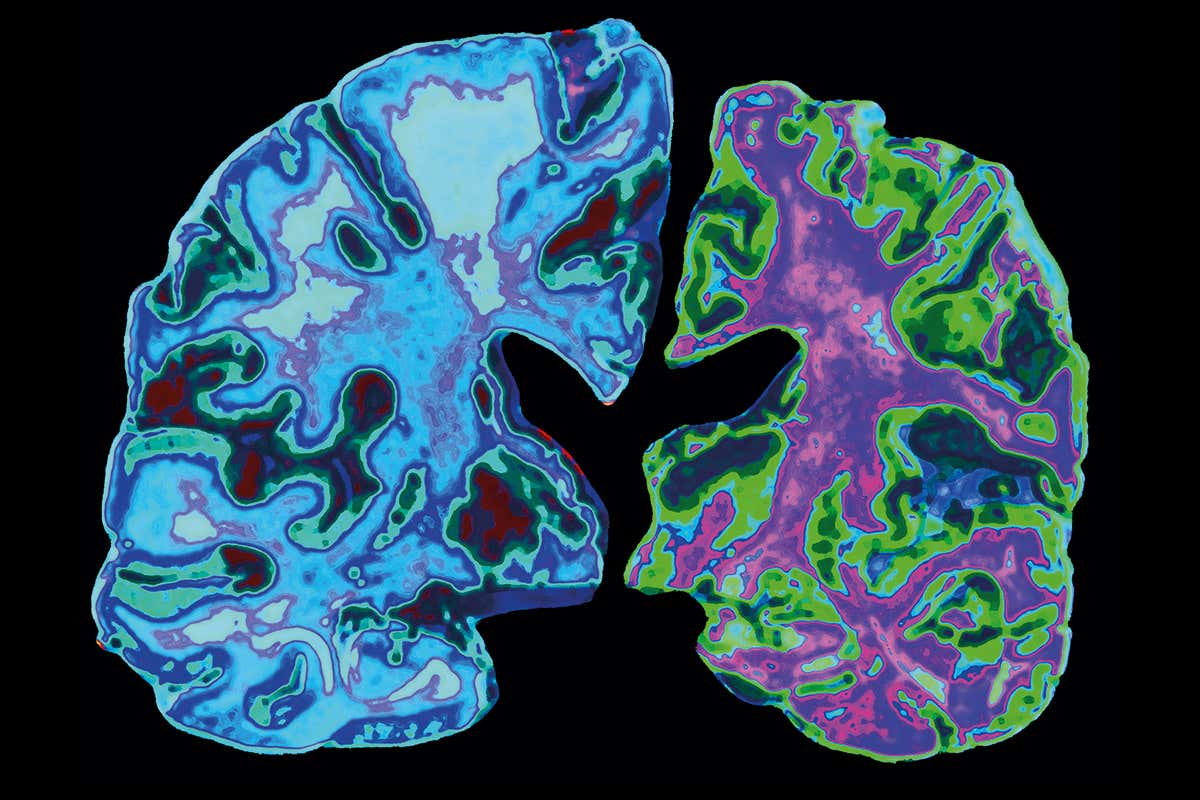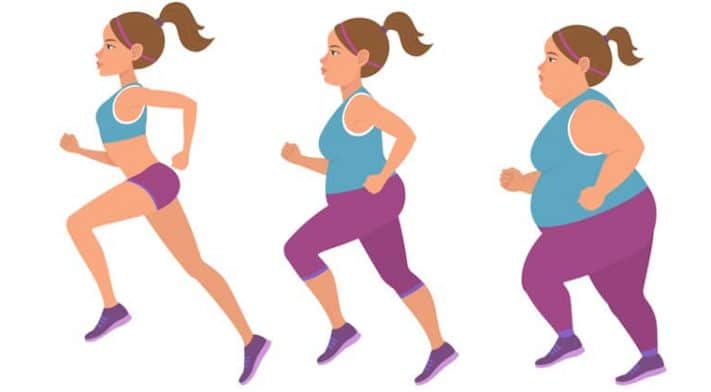Recently, new research led by the nutritional epidemiologist at the Nuffield Department of Population Health at the University of Oxford in the United Kingdom, Tammy Tong, highlights how different foods can lead to an increased risk of a different type of stroke in people.
Previously, research has identified several risk factors for having a stroke ranging from existent health conditions to having a sedentary lifestyle combined with poor diet, unhealthy habits such as smoking or consuming too much alcohol.
According to the medical literature present on stroke, it is a medical condition that occurs when the blood supply to the brain is reduced to completely cut off which results in a lack of oxygen in the brain and the death of brain cells.
Upon the reduction in oxygen supply, the affected person is required to receive medical attention immediately as the brain cells begin to die within minutes. Delayed professional help can result in irreversible effects and even death.
Therefore, there are various ongoing studies to know more about the mechanisms behind a stroke in order to cut down its risk as well as find solutions and potential treatments for its negative effects.
In addition, people who are at high risk of having a stroke are also advised to keep the symptoms in mind. The early signs of having a stroke include loss of consciousness, difficulty in movement, inability to speak or communicate, severe headache, sudden loss of vision in one or both eyes, and paralysis of the leg or face.
Upon noticing any such symptoms, people are required to visit a doctor and get professional help immediately. Till now, the number of deaths as a result of having a stroke has been seen to reduce in the United States.
However, there is still a big number of people who lose their lives to a stroke. The majority of these cases have a stroke which is preventable.
RELATED: A New Type of Gut Bacteria can Identify Pulmonary Arterial Hypertension (PAH) in Humans
In accordance with the statistics from the Centre for Disease Control and Prevention, about eighty-seven percent of the reported cases of stroke are Ischemic stroke, which occurs when the blood supply to the brain is reduced due to a blocked artery.
On the other hand, the cases of Hemorrhagic stroke, which happens when brain cells get damaged as a result of bleeding from damage in the blood vessels. Previous research has looked at the overall risk of both of these types with daily intake.
However, researchers in the new study, whose findings appear in the European Heart Journal, were more interested in looking at how specific foods increase the risk of either of the two types of stroke.
In order to do this, the researchers examined data from the European Prospective Investigation into Cancer and Nutrition (EPIC). The study included data on the participants’ dietary habits, medical history, and lifestyle factors.
During the study period, 1,430 cases of hemorrhagic stroke, 4,281 incident cases of ischemic stroke, and 7,378 cases of total stroke occurred.
After assessing the data, the researchers found that consuming foods including high-fiber foods, milk, yogurt, vegetables, and fruits was associated with a lower risk of ischemic stroke.
However, these foods did not seem to affect the risk of hemorrhagic stroke. In fact, eggs were seen to raise the risk of hemorrhagic stroke but the researchers state that the most significant finding of the study was how diet played a big role in the risk of stroke.
Therefore, it is important to maintain a healthy and balanced diet with fiber, fruits, and vegetables for lowering stroke risk as well as better overall health.


